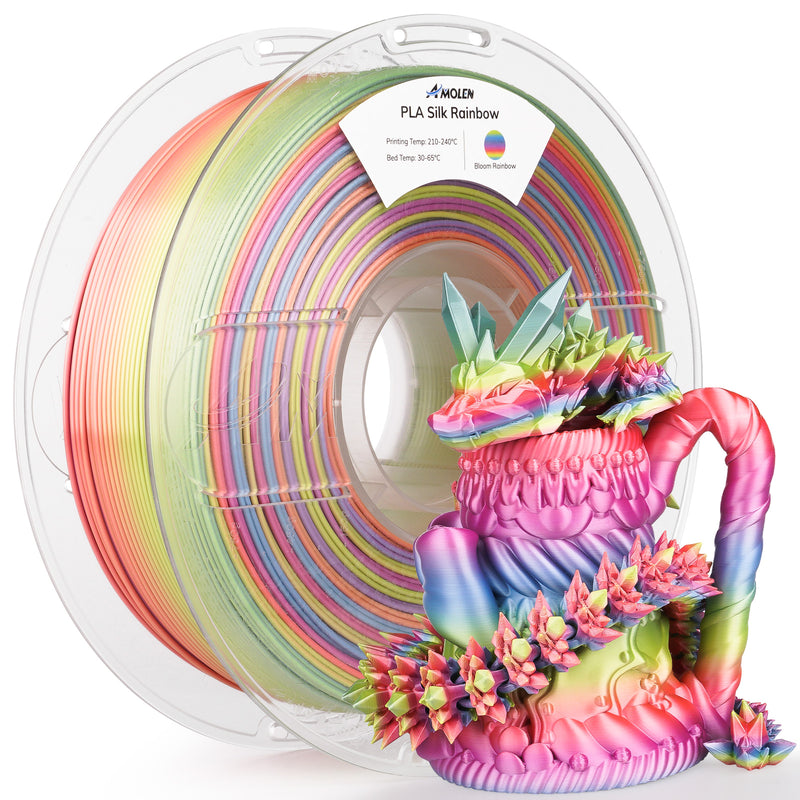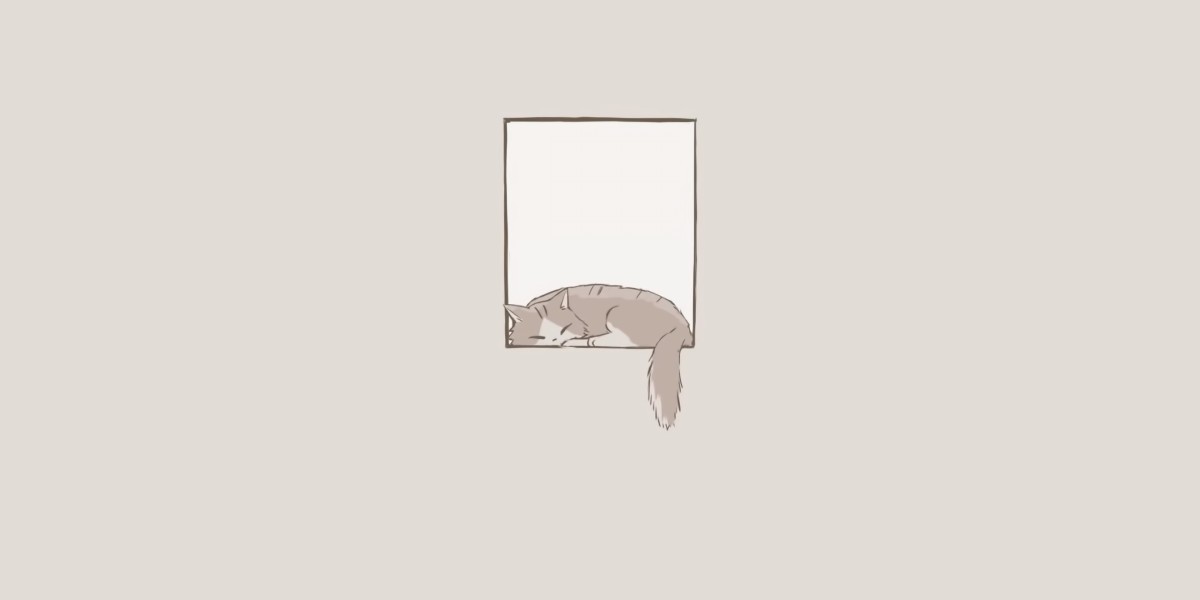Unveiling the Best PLA Filaments: Which Brand Will Reign Supreme?
In the world of 3D printing, PLA filament has emerged as a go-to material for both amateurs and professionals alike. PLA, or polylactic acid, is a biodegradable thermoplastic derived from renewable resources like cornstarch or sugarcane, making it an appealing choice for environmentally conscious creators. As the popularity of 3D printing continues to soar, so does the variety of PLA filament brands and types available on the market. With each brand claiming to offer the best quality, it can be overwhelming for enthusiasts to navigate through the options. This article aims to compare and analyze various PLA filament brands, helping you find the perfect fit for your 3D printing needs.

Understanding PLA Filament
PLA filament is a thermoplastic polymer that is widely used in the 3D printing community. Its composition primarily consists of polylactic acid, a material that not only gives it excellent printability but also makes it an eco-friendly alternative to traditional plastics. One of the unique properties of PLA is its low melting point, typically around 180-220°C, which allows for easier printing without the need for a heated bed. Additionally, PLA exhibits good layer adhesion, resulting in smoother finishes for printed objects. Its environmental impact is significantly lower than that of petroleum-based plastics, making it a preferred choice for those looking to minimize their carbon footprint. However, while PLA is compostable in industrial composting facilities, it does not break down in home composting systems, a factor to consider when choosing materials.
Factors to Consider When Choosing PLA Filament
When selecting the right PLA filament for your projects, several factors come into play. First and foremost is printability; some filaments are easier to work with than others, which can greatly affect your printing experience. Color options are another key consideration, as the aesthetic of your final product may hinge on the available hues and finishes. Strength and flexibility are crucial for functional prints, particularly if the item will undergo stress or strain. Additionally, temperature resistance can impact the longevity of your printed pieces, especially if they are intended for outdoor use or in warmer environments. Each of these factors can significantly influence the printing process and the quality of the final results, making it essential to choose wisely.
Comparative Analysis of Different PLA Filament Brands
As you dive deeper into the world of PLA filament, you'll find a plethora of brands each claiming superiority. To make an informed decision, it's crucial to consider aspects such as quality, user reviews, and performance in various printing scenarios. Some brands are known for their consistency and reliability, while others may offer unique features like specialty colors or additives that enhance the filament’s properties. For instance, certain filaments may include a blend of materials that improve strength or flexibility, catering to specific project needs. In my experience, a friend who is an avid 3D printing hobbyist swears by a particular brand for its consistent quality, sharing that he rarely encounters issues like clogs or under-extrusion. On the other hand, some users have expressed frustration with certain brands that claim high quality but deliver inconsistent results. Understanding these nuances can guide your choice effectively.
Performance Metrics
Performance metrics play a vital role in determining the effectiveness of different PLA filaments. Layer adhesion is a critical factor; filaments that provide excellent adhesion lead to stronger prints that are less likely to warp or break. Print speed is another important metric; some filaments allow for faster printing without compromising quality, while others may require slower speeds to achieve the best results. User experiences and expert opinions can provide additional insights into these metrics, helping you gauge which filament will suit your needs best. A friend of mine recently tested various brands and noted significant differences in print speed and layer adhesion, emphasizing the importance of choosing a filament that aligns with your specific printer settings and project requirements.
Color and Finish Options
The diversity of colors and finishes available in PLA filament is staggering. From vibrant hues to transparent options, the choices can significantly affect your project’s outcome. Certain brands offer specialty finishes such as metallic or matte, which can add an extra layer of aesthetic appeal to your printed objects. Choosing the right color and finish is especially important for projects aimed at visual presentation, as the finish can greatly influence the perception of the final product. In my experience, experimenting with different finishes has led to some exciting results, showcasing how the right choice can elevate the overall quality of a print.
Choosing the Right PLA Filament for Your Needs
In conclusion, the world of PLA filament is rich with options, each brand bringing its own unique characteristics to the table. Understanding the properties of PLA, considering key factors such as printability and strength, and analyzing various brands based on performance metrics can significantly aid in making an informed decision. Ultimately, the right PLA filament will depend on your individual needs and printing goals. By reflecting on the factors discussed in this article, you can confidently choose a PLA filament that will help you achieve the best results in your 3D printing endeavors.








